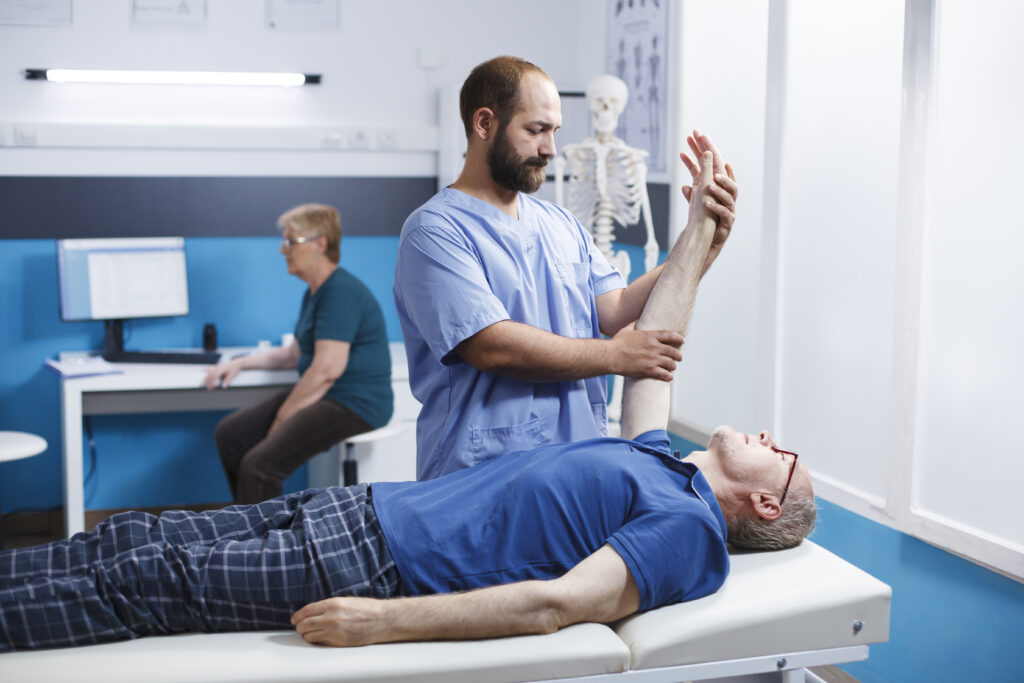ACL

ACL
ACL (Anterior Cruciate Ligament) reconstruction is a surgical procedure used to repair a torn ACL in the knee joint. The ACL is a vital ligament that provides stability and prevents excessive forward movement of the tibia (shin bone) relative to the femur (thigh bone).
When the ACL is severely damaged or completely torn, it often cannot heal on its own due to limited blood supply. In such cases, ACL reconstruction is recommended to restore knee stability and function. The procedure involves replacing the torn ACL with a graft, which can be obtained from the patient’s own tissue (autograft) or from a donor (allograft).

Process
The ACL reconstruction procedure generally involves the following steps:
1. Pre-operative assessment: The patient undergoes a thorough evaluation, including a physical examination, imaging tests (such as MRI), and discussion of medical history and lifestyle. This assessment helps determine the suitability of surgery and plan the procedure accordingly.
2. Anesthesia: ACL reconstruction is typically performed under general anesthesia, ensuring that the patient is unconscious and feels no pain during the surgery.
3. Graft selection: The surgeon chooses the most appropriate graft based on factors such as the patient’s age, activity level, and preference. Common graft options include the patellar tendon, hamstring tendon, or quadriceps tendon from the patient’s body or a tissue graft from a donor.
4. Graft preparation: If an autograft is used, the surgeon harvests the graft from the patient’s knee. The graft is then prepared and sized appropriately for transplantation.
5. Arthroscopic procedure: Small incisions are made around the knee, and an arthroscope (a small camera) is inserted to visualize the interior of the joint. Additional incisions allow for the insertion of surgical instruments.
6. ACL removal: The torn ACL is carefully removed from its attachment points within the knee joint.
7. Tunnel creation: The surgeon drills tunnels into the tibia and femur bones to create new attachment sites for the graft.
8. Graft placement: The prepared graft is inserted into the knee joint and secured to the bone tunnels using screws, sutures, or other fixation devices. The graft is positioned to mimic the function of the original ACL.
9. Rehabilitation: Following the surgery, the patient embarks on a comprehensive rehabilitation program, often involving physical therapy. Rehabilitation aims to restore strength, flexibility, and stability to the knee joint. It typically includes exercises to improve range of motion, strengthen the muscles around the knee, and gradually reintroduce weight-bearing activities.
We Believe in Affordable Specialty Healthcare for All.
He is extremely passionate about Orthopaedics. He is one of the Best Orthopedic Surgeons in Pune. He specializes in Orthopedic Surgery, Joint Replacement, Arthroscopy, Trauma Surgery, Sports Medicine and Complex Fracture Management. He strives to provide evidence-based results to the Orthopedic Patients.

